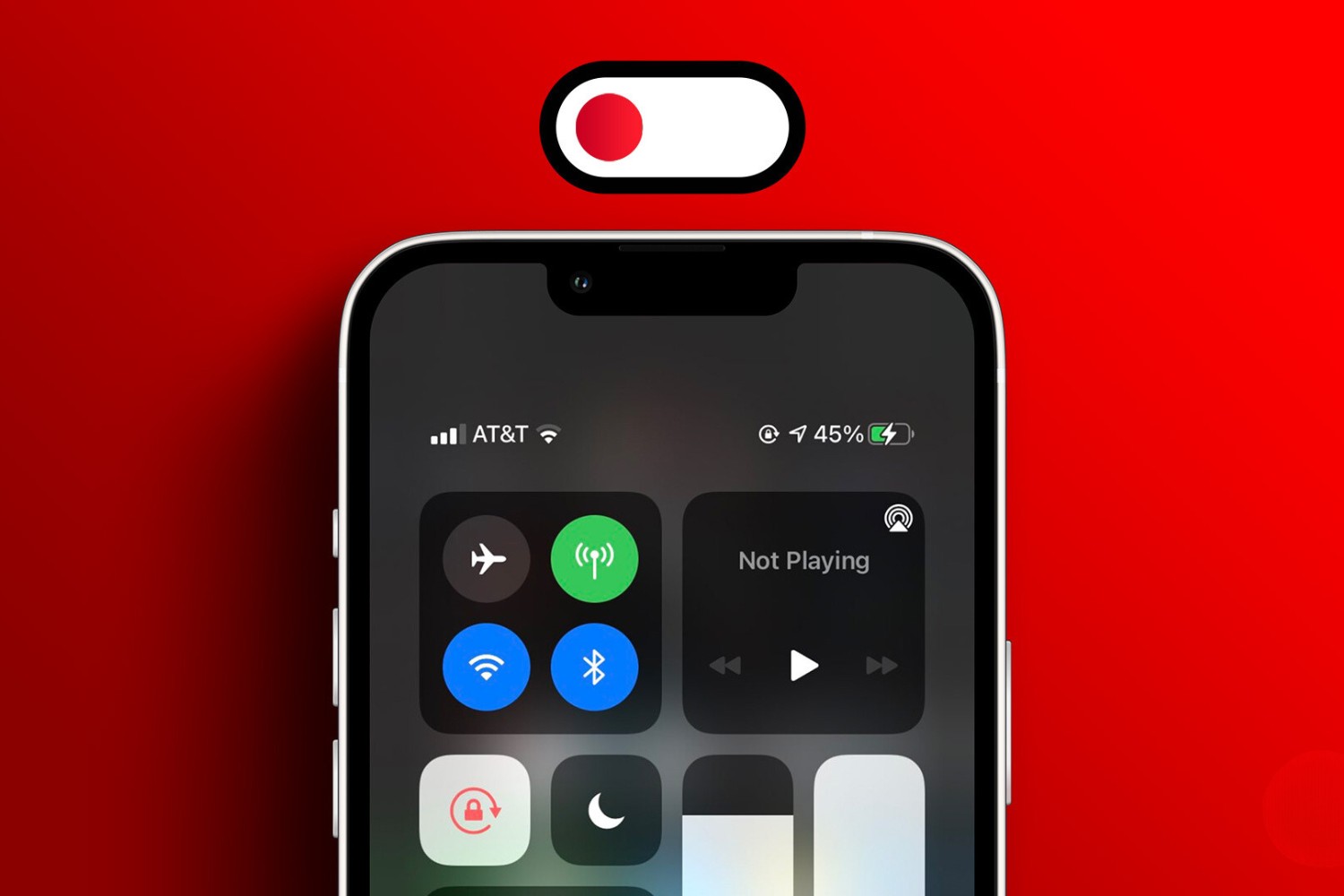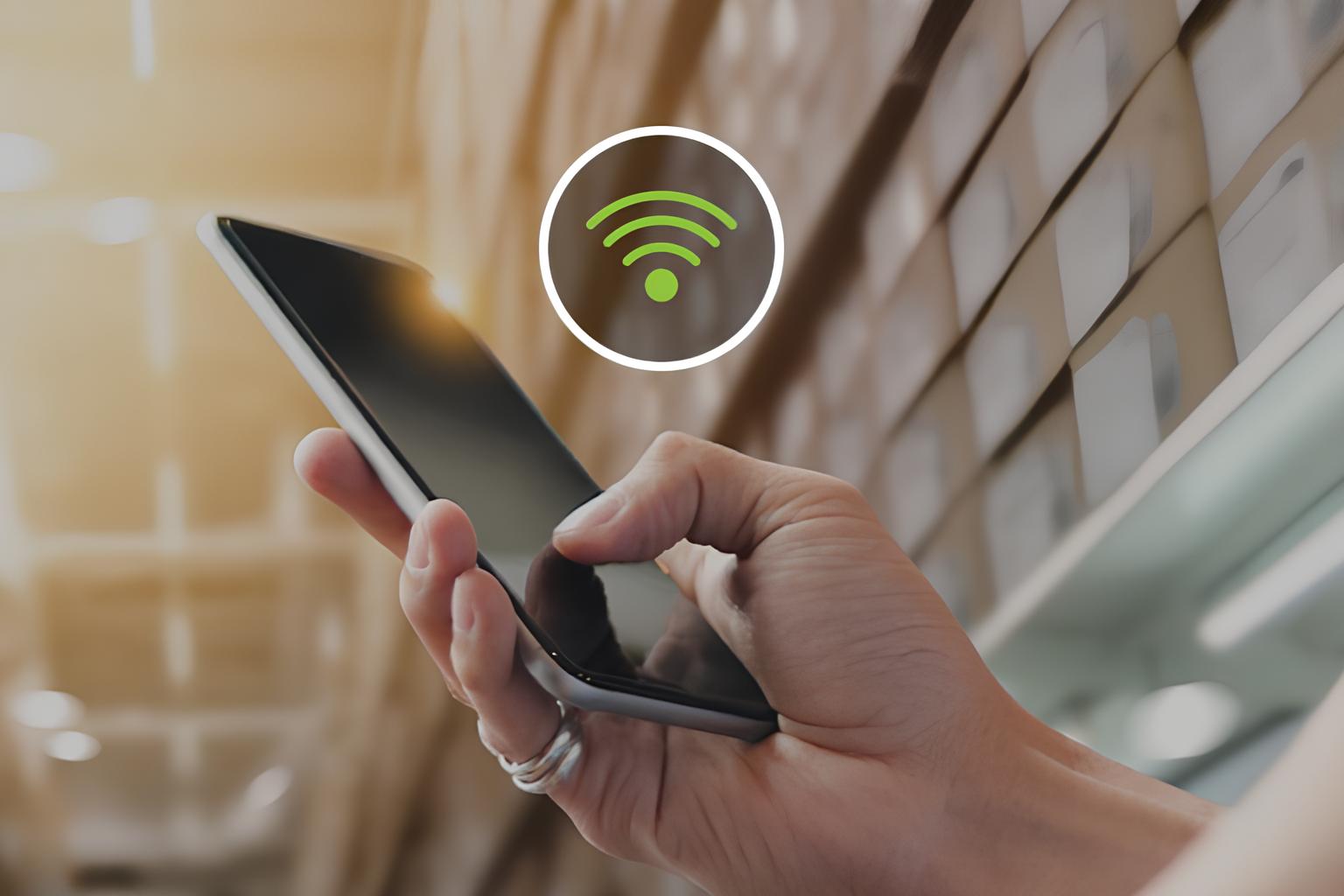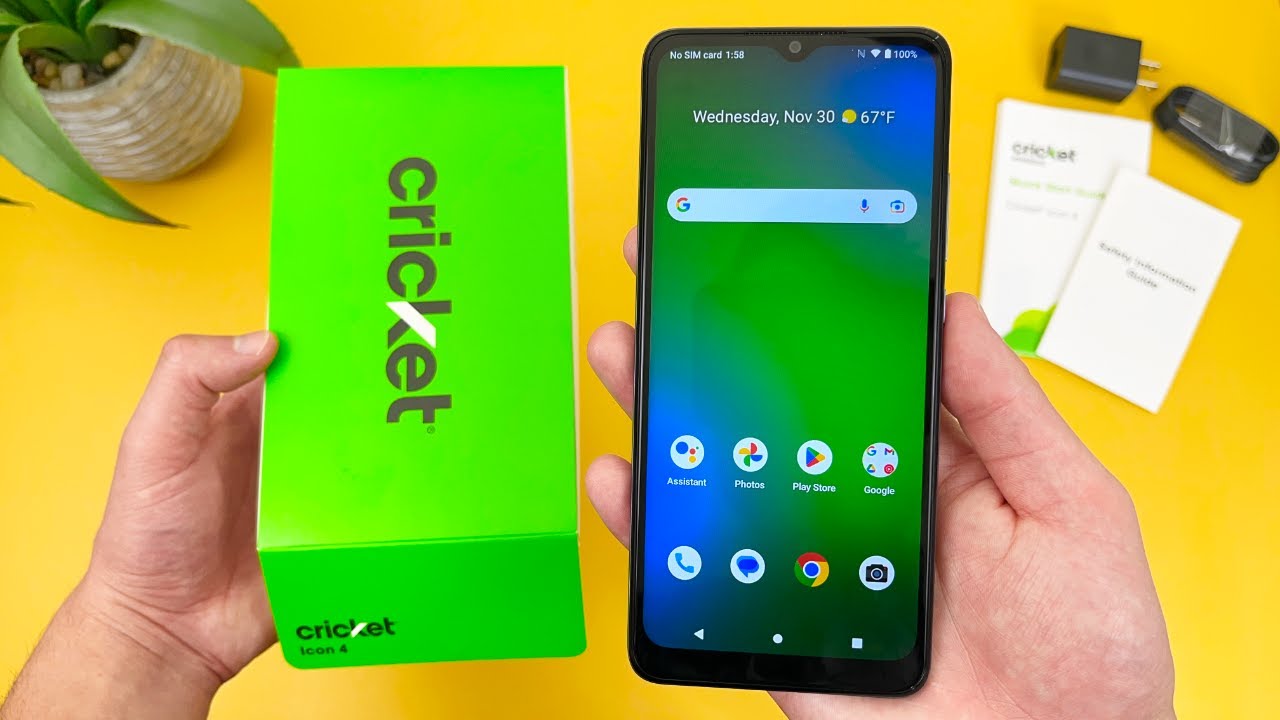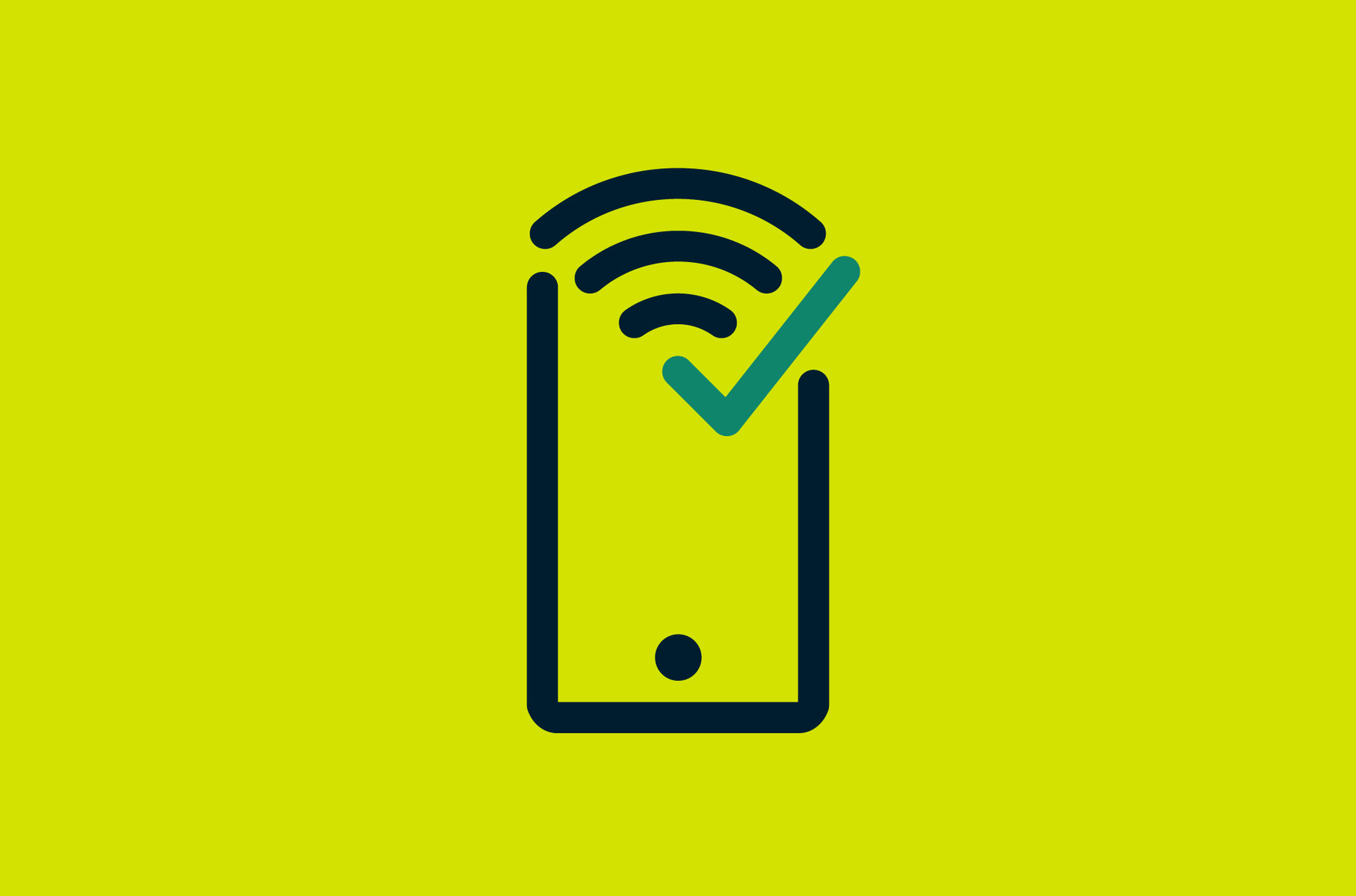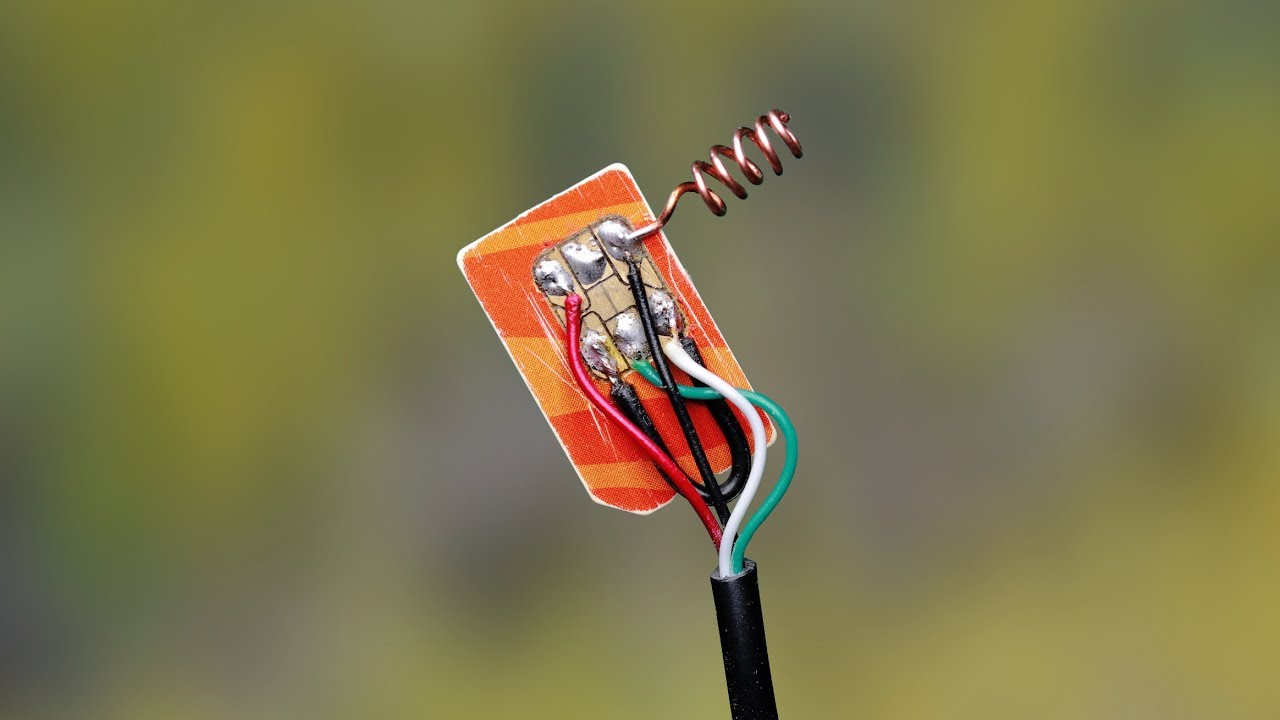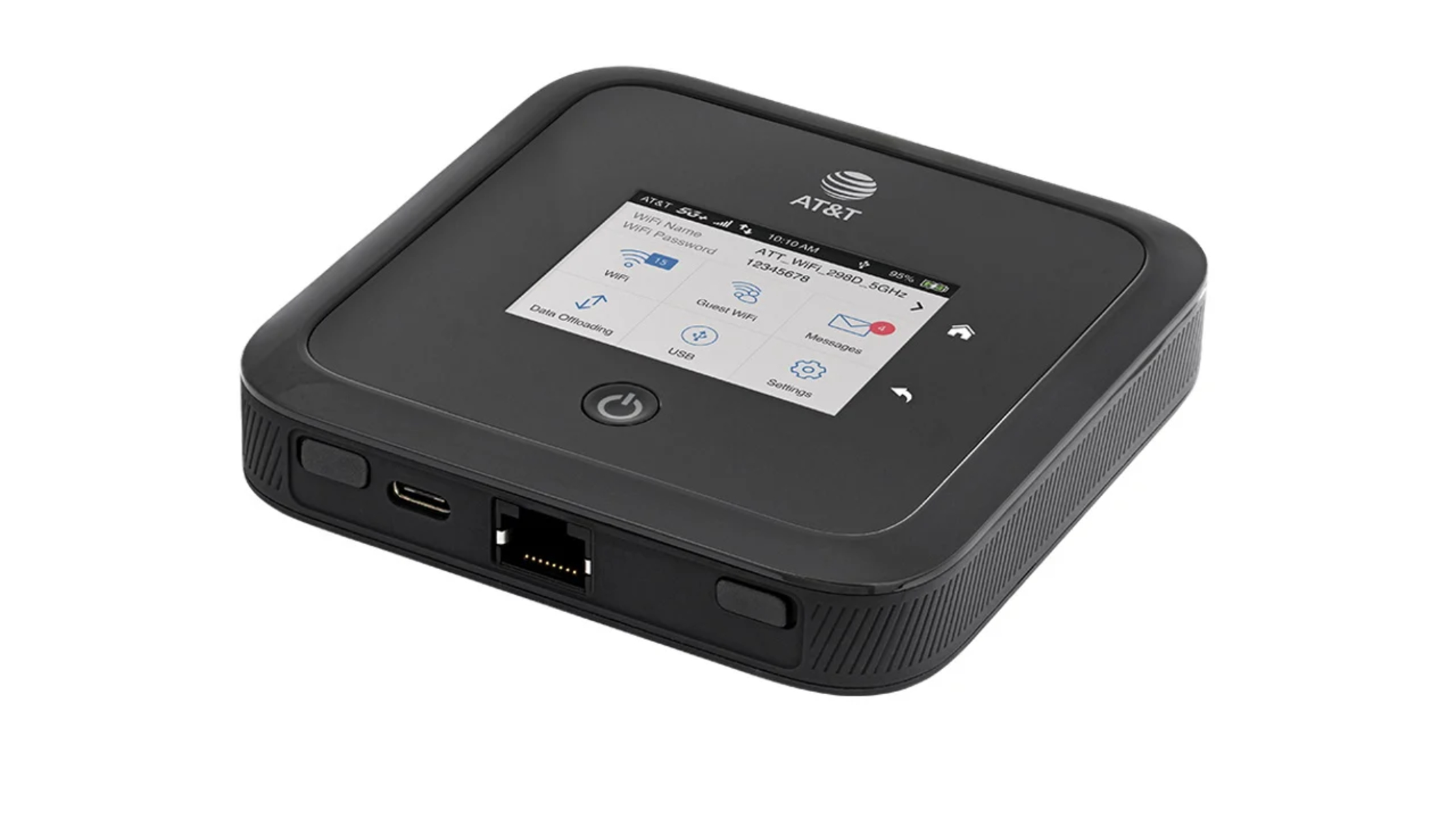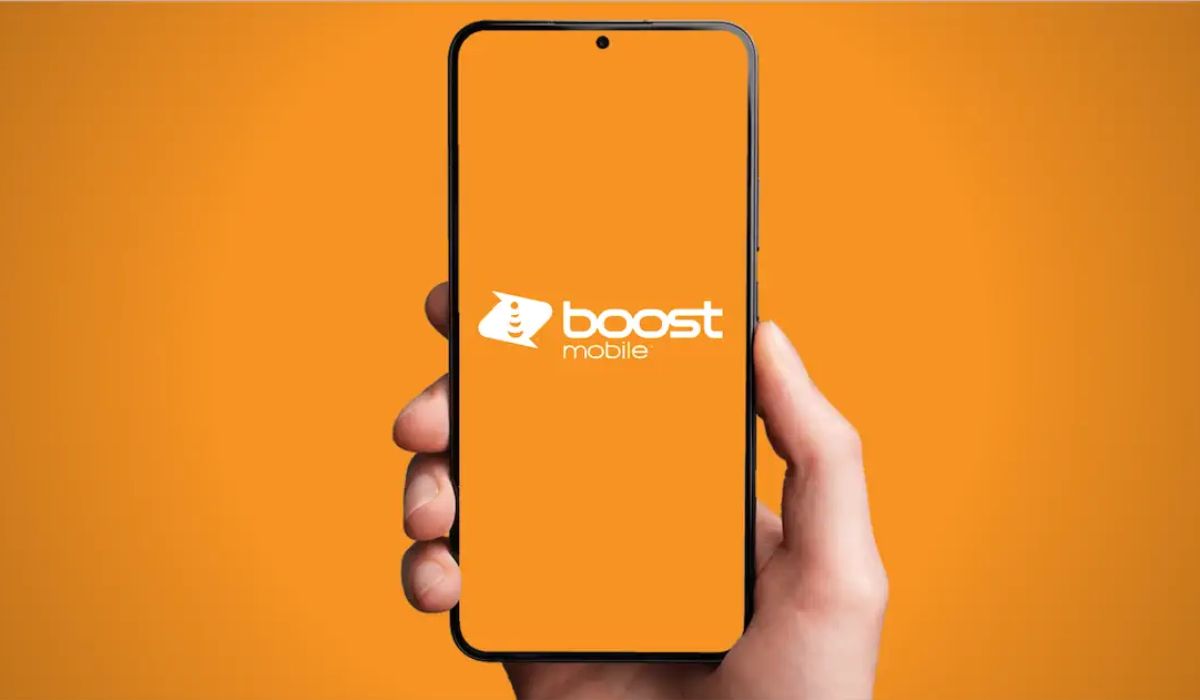Introduction
Hotspot functionality on mobile devices has revolutionized the way we connect to the internet. It enables us to share our cellular data connection with other devices, such as laptops and tablets, allowing them to access the internet without the need for a dedicated Wi-Fi network. While this feature offers unparalleled convenience, it is important to be mindful of data usage, as excessive consumption can lead to unexpected charges or throttled speeds from your mobile carrier.
In this article, we will delve into the intricacies of utilizing a hotspot without consuming excessive data. We will explore various tips and tricks to optimize hotspot usage, ensuring that you can stay connected without worrying about exceeding your data limits.
Whether you're a frequent traveler, a remote worker, or simply someone who relies on a mobile hotspot for internet access, the insights shared in this article will empower you to make the most of your data while leveraging the convenience of a personal hotspot. Let's embark on this journey to unlock the full potential of hotspot usage, enabling seamless connectivity without the fear of data overages.
Understanding Hotspot
A hotspot refers to a feature available on modern smartphones and other mobile devices that allows them to function as a portable Wi-Fi access point. When activated, the device creates a localized wireless network, enabling other devices to connect to it and access the internet using the cellular data connection of the host device. This functionality has become increasingly prevalent, offering unparalleled convenience for users who require internet access on the go.
The process of setting up a hotspot typically involves configuring the host device to broadcast a Wi-Fi signal, which can then be detected and connected to by other devices within close proximity. Upon successful connection, the connected devices can browse the web, stream media, and utilize various online services using the cellular data network of the host device. This capability is particularly valuable in situations where traditional Wi-Fi networks are unavailable or unreliable, such as during travel or in remote locations.
Hotspot functionality has evolved to accommodate multiple devices simultaneously, allowing users to share their cellular data connection with laptops, tablets, and other smartphones. This versatility makes hotspots indispensable for individuals who require seamless internet connectivity across their diverse array of devices.
It is important to note that while hotspot usage offers unparalleled convenience, it is essential to exercise caution to avoid excessive data consumption. Understanding the nuances of hotspot functionality and its implications for data usage is crucial for maximizing the benefits while mitigating the risks associated with potential data overages and associated costs.
By comprehending the fundamental principles of hotspot technology, users can harness its potential to stay connected in a variety of scenarios, from business meetings and remote work setups to leisure travel and outdoor activities. This foundational understanding sets the stage for exploring strategies to optimize hotspot usage while minimizing data consumption, a topic we will delve into in the subsequent sections.
Tips for Utilizing Hotspot Without Consuming Data
-
Monitor Data Usage: Keep a close eye on data usage to avoid unexpected overages. Most smartphones offer built-in tools to track data consumption, allowing you to set alerts or limits to prevent excessive usage while utilizing the hotspot feature.
-
Optimize Streaming Quality: When using devices connected to your hotspot for streaming media, consider adjusting the streaming quality to a lower resolution. This can significantly reduce data consumption without compromising the viewing experience, especially when streaming video content.
-
Utilize Data-Saving Features: Many apps and operating systems offer data-saving features that can be enabled to minimize data usage. For example, browsers often have data-saving modes that compress web pages and media, resulting in reduced data consumption while browsing the internet.
-
Leverage Offline Content: Encourage users connected to your hotspot to download content, such as music, videos, and documents, for offline access. By accessing offline content, they can minimize the need for continuous data connectivity, conserving precious data resources.
-
Update Apps and Software Wisely: Be strategic about updating apps and software while using a hotspot. Consider scheduling updates for times when you have access to a traditional Wi-Fi network to prevent large data downloads from consuming your cellular data allocation.
-
Limit Background Data Usage: Configure connected devices to restrict background data usage for apps that are not actively in use. This can prevent unnecessary data consumption by background processes and apps running on connected devices.
-
Utilize Wi-Fi Hotspot Password Protection: Secure your hotspot with a strong password to prevent unauthorized access. By controlling who can connect to your hotspot, you can avoid unexpected data usage by unauthorized users.
-
Educate Connected Users: Provide guidance to individuals connecting to your hotspot, informing them about data-saving practices and encouraging responsible usage. By fostering awareness, you can collectively minimize data consumption while maximizing the utility of the shared hotspot connection.
-
Consider Data-Saving Browser Extensions: Explore the availability of data-saving browser extensions, which can further reduce data usage by compressing web content and optimizing the browsing experience for connected devices.
-
Explore Data-Optimized Apps: Identify and recommend data-optimized versions of popular apps, which are designed to consume less data while delivering essential functionality. These apps can be particularly beneficial for users relying on a shared hotspot connection with limited data resources.
By implementing these tips, individuals can harness the power of a personal hotspot without constantly worrying about exhausting their data allowance. These strategies empower users to stay connected, collaborate, and access online resources while maintaining a prudent approach to data consumption.
Tricks for Reducing Data Usage While Using Hotspot
Efficiently managing data usage while utilizing a hotspot is essential to avoid exceeding data limits and incurring additional charges. Implementing the following tricks can significantly reduce data consumption, allowing individuals to make the most of their shared hotspot connection without unnecessary data drain.
Data Compression Tools:
Explore the use of data compression tools and services that are designed to minimize the amount of data transmitted over the network. These tools work by compressing web content, images, and videos, thereby reducing the overall data usage without compromising the browsing experience. By integrating data compression into the hotspot environment, users can enjoy efficient data utilization across connected devices.
Limiting Video Streaming Resolution:
Encourage users connected to the hotspot to adjust the resolution of video streaming services to a lower quality. This simple adjustment can lead to substantial data savings, as high-definition streaming consumes significantly more data compared to lower resolutions. By promoting the conscious management of video streaming quality, individuals can enjoy their favorite content while conserving precious data resources.
Background Data Restrictions:
Configure connected devices to restrict background data usage for apps that are not actively in use. Many applications continue to consume data in the background, performing updates and syncing processes that contribute to unnecessary data usage. By imposing limitations on background data activities, users can exert greater control over data consumption, ensuring that the hotspot connection is utilized judiciously.
Caching and Offline Modes:
Encourage the use of caching and offline modes within apps and services to minimize the need for continuous data access. Many applications, including email clients and productivity tools, offer offline modes that allow users to access previously downloaded content without requiring a constant data connection. By leveraging caching and offline functionality, individuals can reduce their reliance on real-time data access, thereby conserving data for essential tasks.
Adapting Device Settings:
Optimize the settings of connected devices to align with data-saving principles. This includes enabling data-saving modes, restricting automatic app updates over cellular networks, and configuring app-specific data usage controls. By fine-tuning the settings of connected devices, users can proactively mitigate excessive data consumption, fostering a more sustainable and efficient hotspot experience.
Data Monitoring and Alerts:
Leverage data monitoring tools and set up usage alerts to stay informed about data consumption patterns. Many smartphones offer built-in features that track data usage and provide notifications when predefined thresholds are reached. By staying vigilant and responsive to data alerts, individuals can preemptively address potential data overages, ensuring that the hotspot connection remains within manageable limits.
By adopting these tricks, individuals can optimize their hotspot usage while safeguarding against data depletion. These proactive measures empower users to maintain a seamless and reliable connection while exercising prudent data management practices. Through a combination of technical adjustments and user awareness, the hotspot environment can be transformed into a sustainable and efficient platform for connectivity.
Conclusion
In conclusion, the utilization of a personal hotspot presents a myriad of opportunities for seamless connectivity, enabling individuals to stay connected to the internet in diverse settings. By understanding the nuances of hotspot functionality and implementing strategic measures to optimize data usage, users can harness the full potential of this technology without constantly worrying about exceeding data limits or incurring unexpected charges.
The tips and tricks outlined in this article serve as a comprehensive guide to empower individuals to make the most of their hotspot connections while minimizing data consumption. From monitoring data usage and optimizing streaming quality to leveraging data-saving features and educating connected users, these strategies are designed to foster a balanced approach to hotspot usage.
By promoting responsible data management practices and embracing data-saving techniques, individuals can confidently utilize their hotspots for work, leisure, and remote connectivity without the fear of exhausting their data allocation. The incorporation of data compression tools, limitations on video streaming resolution, and background data restrictions further enhances the efficiency of hotspot usage, ensuring that data resources are utilized judiciously across connected devices.
Furthermore, the emphasis on caching, offline modes, and adaptive device settings underscores the importance of proactive data management, enabling users to strike a harmonious balance between connectivity and data conservation. By staying informed through data monitoring and alerts, individuals can maintain a vigilant stance against potential data overages, thereby safeguarding the integrity of their hotspot connections.
Ultimately, the convergence of technical optimization and user awareness culminates in a hotspot environment that is conducive to sustainable and efficient data usage. By implementing the insights shared in this article, individuals can embark on their hotspot-enabled endeavors with confidence, knowing that they are equipped with the knowledge and tools to maximize connectivity while safeguarding their data resources.
As the digital landscape continues to evolve, the ability to leverage personal hotspots without consuming excessive data is poised to become increasingly vital. By embracing the principles of prudent data management and adopting the recommended strategies, individuals can navigate the complexities of modern connectivity with resilience and foresight, ensuring that their hotspot experiences remain enriching, efficient, and cost-effective.









